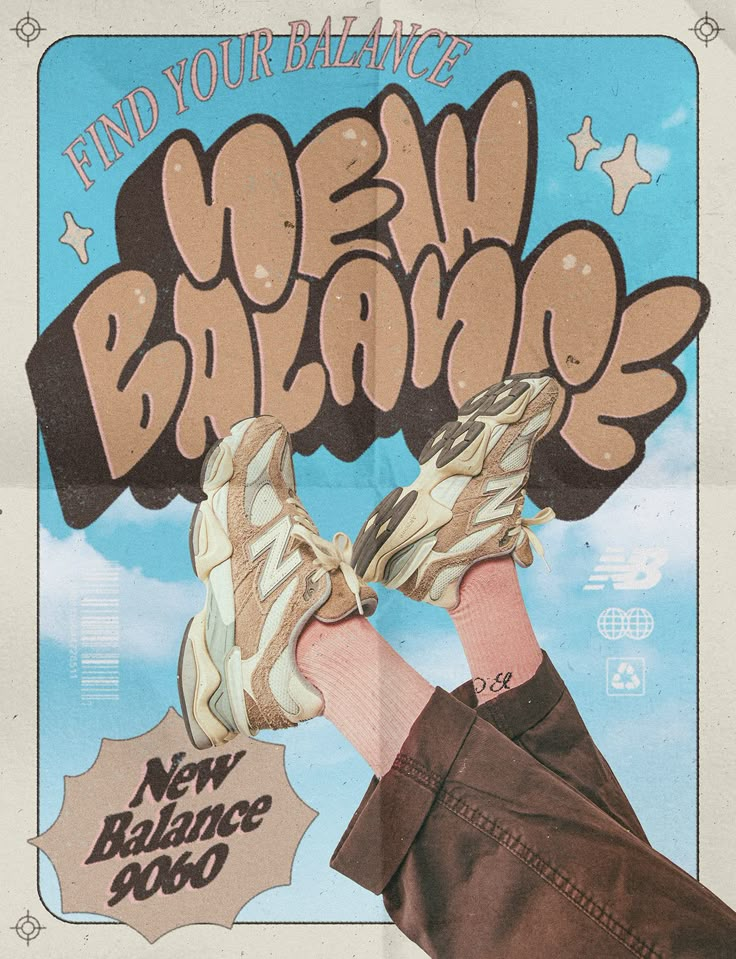
Sneaker Design in the Last 50 Years – Iconic Brands and Products by Chiranjeev Pegu

Introduction
Sneakers have evolved far beyond simple athletic footwear. Over the past 50 years, they have become symbols of identity, culture, and innovation. I, Chiranjeev Pegu, will take you through this fascinating journey of sneaker design in the last 50 years, highlighting the most prominent brands, their iconic design languages, and the products that shaped sneaker culture as we know it today.
The 1970s: The Birth of Iconic Silhouettes
The 1970s were pivotal for sneaker culture. Adidas introduced timeless models like the Superstar and Stan Smith, defined by minimalism, clean leather uppers, and bold branding.
Nike launched the Cortez, with its sleek silhouette and lightweight construction, which revolutionized running shoes.
This decade laid the foundation for sneakers as both performance gear and fashion statements.
The 1980s: Bold Branding and Performance Innovation
The ’80s were dominated by Nike Air Force 1 (1982) and the legendary Air Jordan 1 (1985), designed by Peter Moore. These sneakers brought basketball aesthetics to the streets and introduced bold color blocking and logos.
Meanwhile, Reebok launched the Freestyle, tapping into aerobics culture, while Puma continued with suede textures and low-top silhouettes that resonated with hip-hop communities.
Design language in this era shifted toward functionality and storytelling, giving each sneaker a personality.
The 1990s: Technology Meets Streetwear
The ’90s pushed sneaker tech further with visible Nike Air Max units, Adidas EQT lines, and Puma Disc closure systems.
Converse Chuck Taylor All Stars saw a resurgence as a streetwear essential.
Design trends embraced chunkier midsoles, vivid color palettes, and futuristic detailing, reflecting the rise of street fashion and sneakerhead culture.
The 2000s: Collaboration and Limited Editions
By the 2000s, sneaker design shifted toward collaborations and exclusivity.
Nike SB Dunks, collaborations with artists like Jeff Staple, and Adidas Originals with Yohji Yamamoto (Y-3) brought high fashion into sneakers.
This decade was defined by limited-run drops, storytelling through materials, and sneaker collecting becoming mainstream.
The 2010s: Minimalism Meets Innovation
The 2010s focused on minimalist aesthetics and performance innovation.
Adidas Ultraboost (2015) brought knit uppers and energy-return midsoles, setting a new comfort benchmark.
Nike Flyknit revolutionized lightweight construction, while Yeezy Boost 350 (a Kanye West x Adidas collaboration) reshaped streetwear culture with its sleek, understated design language.
The 2020s: Sustainability and Digital Design
The current decade prioritizes eco-friendly materials, 3D-printing, and modular construction.
Brands like Nike with Space Hippie, Adidas Made to Be Remade, and Allbirds Tree Runners emphasize recycled materials and circular design philosophies.
Sneaker design is now about balancing performance, aesthetics, and environmental responsibility.
Design Language Across Brands
-
Nike: Known for innovation and performance-driven aesthetics – from Air Max bubbles to Flyknit.
-
Adidas: Clean lines and bold collaborations, blending sports and fashion seamlessly.
-
Puma: Retro, street-inspired silhouettes with rich cultural ties.
-
Converse: Timeless and minimal, thriving on nostalgia.
-
Reebok: Bold, fitness-oriented, and often technology-driven.
Each brand’s design language helped define entire decades of sneaker culture.
Conclusion
Sneaker design in the last 50 years has been a story of innovation, culture, and identity. From leather-clad classics of the ’70s to futuristic, eco-friendly silhouettes of today, sneakers remain a canvas for creativity and storytelling.
I’m Chiranjeev Pegu, and as a sneaker enthusiast and design writer, I believe understanding these design languages helps us appreciate sneakers not just as footwear, but as cultural artifacts that mirror the evolution of style and technology.